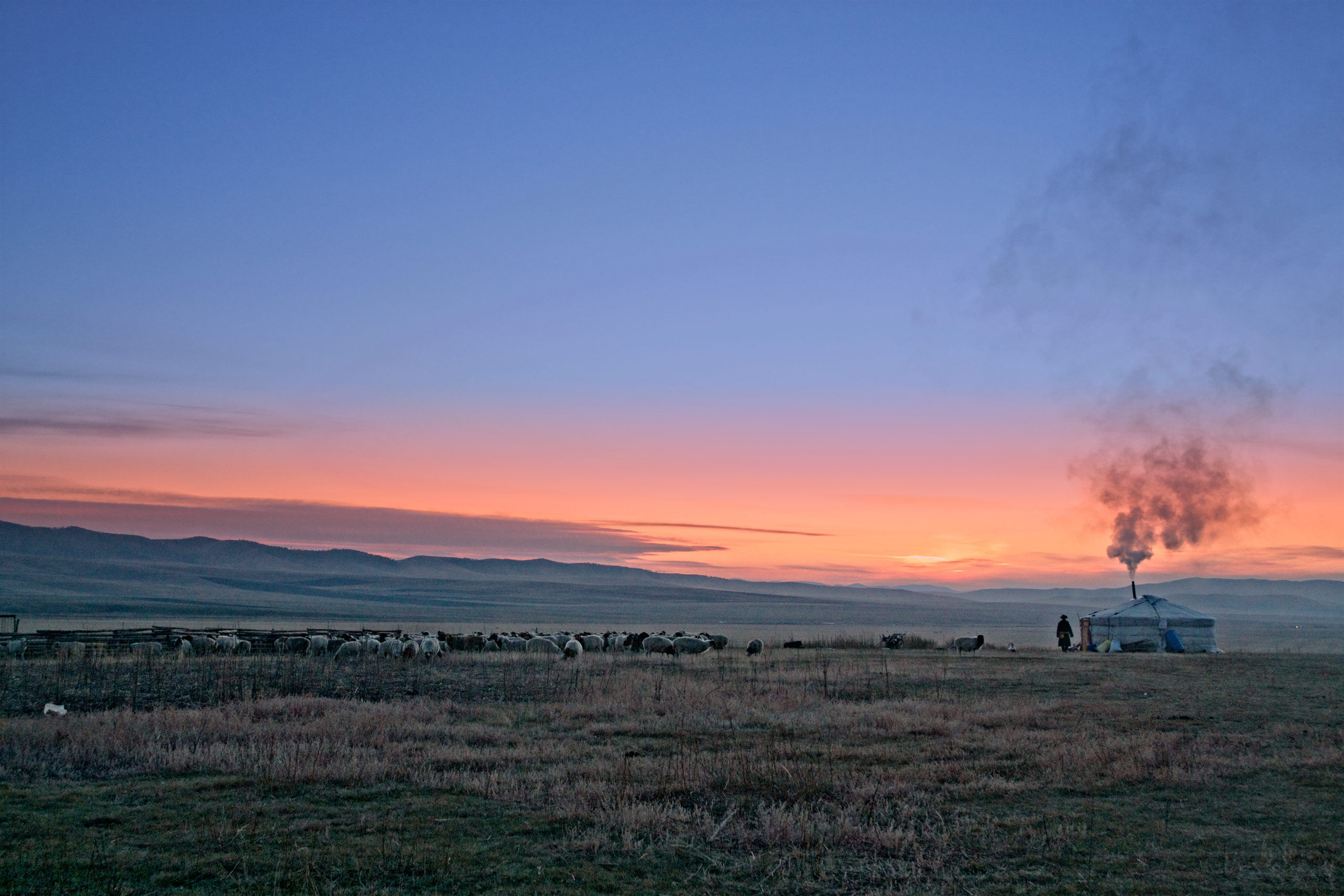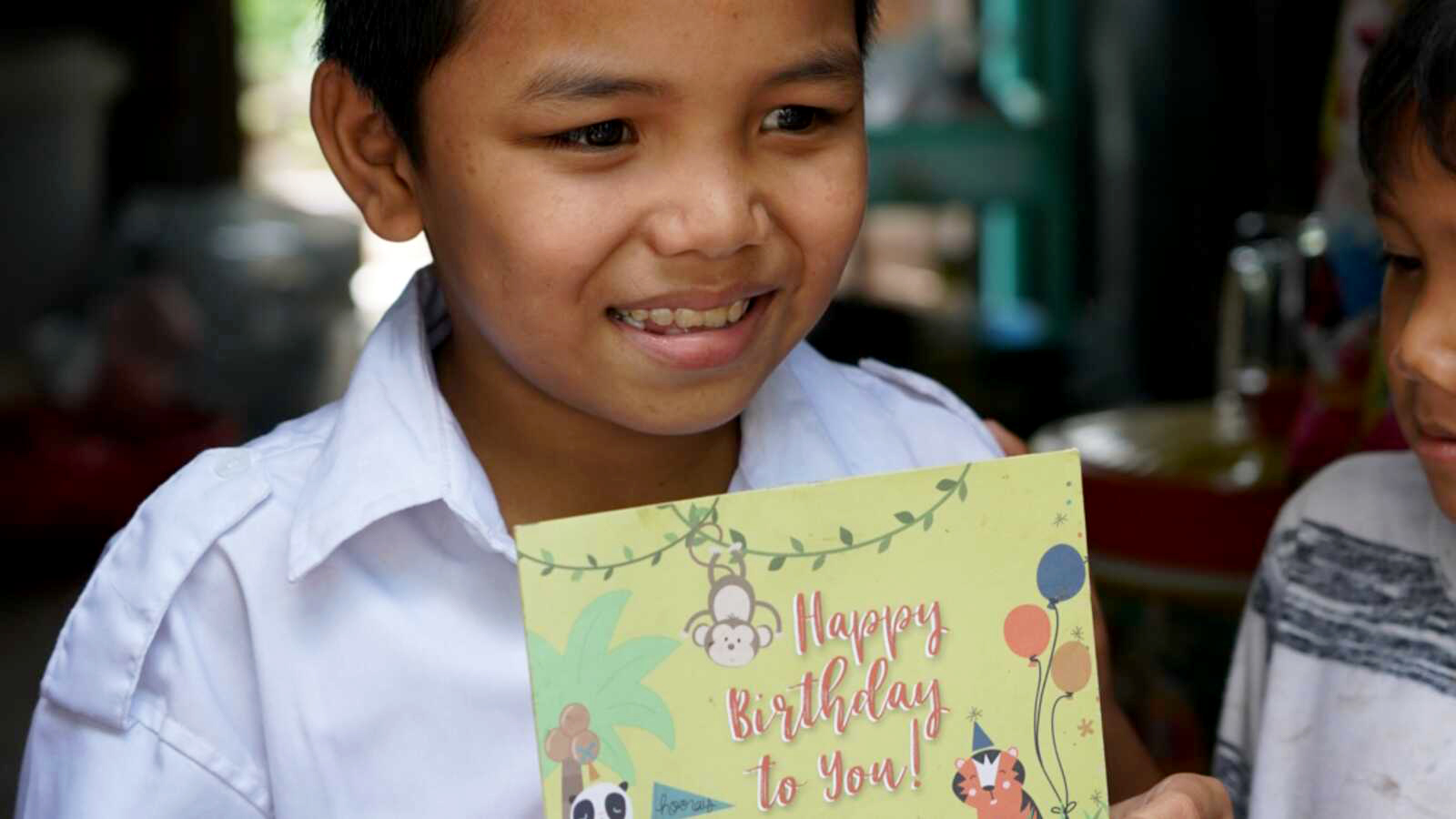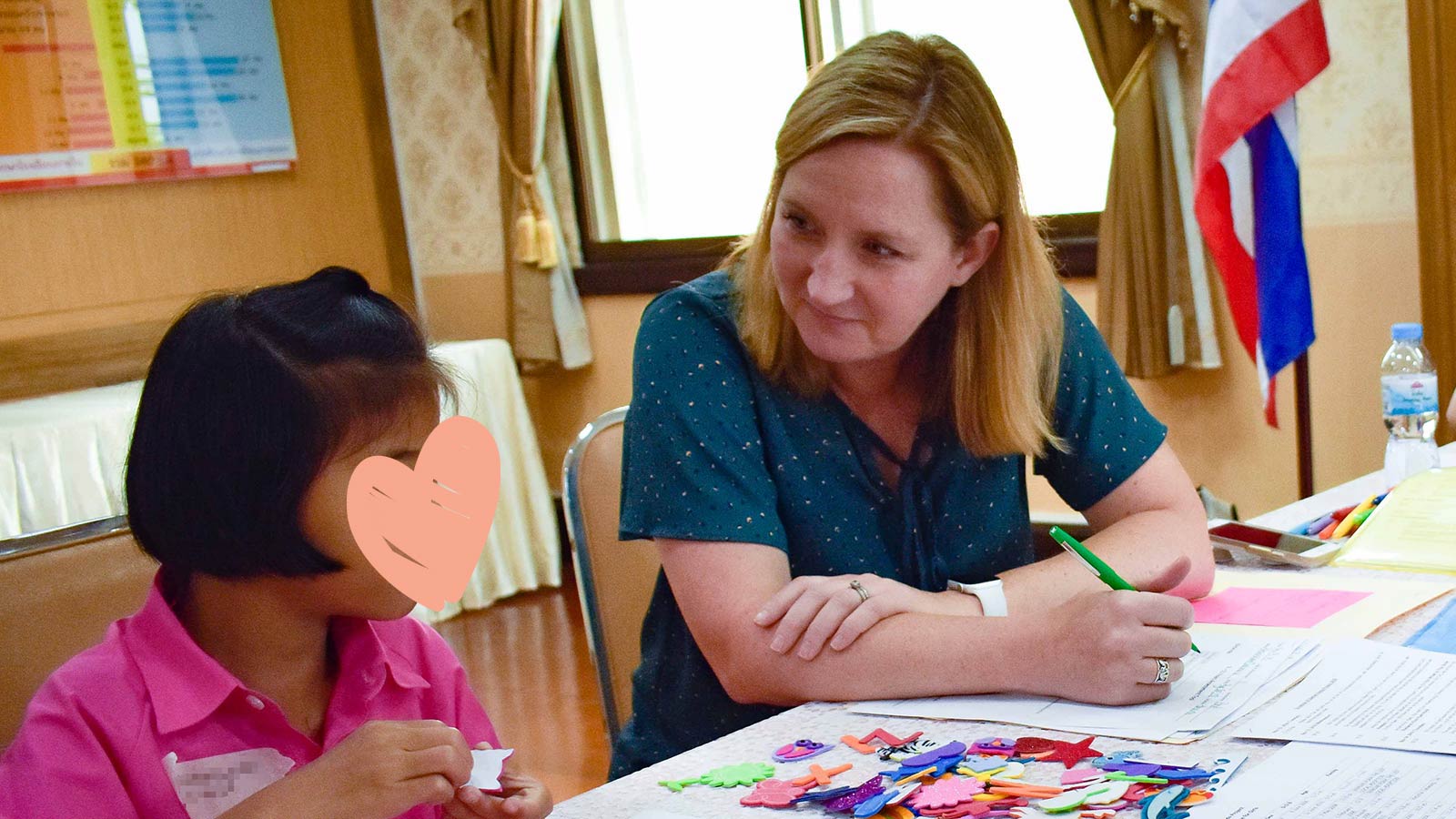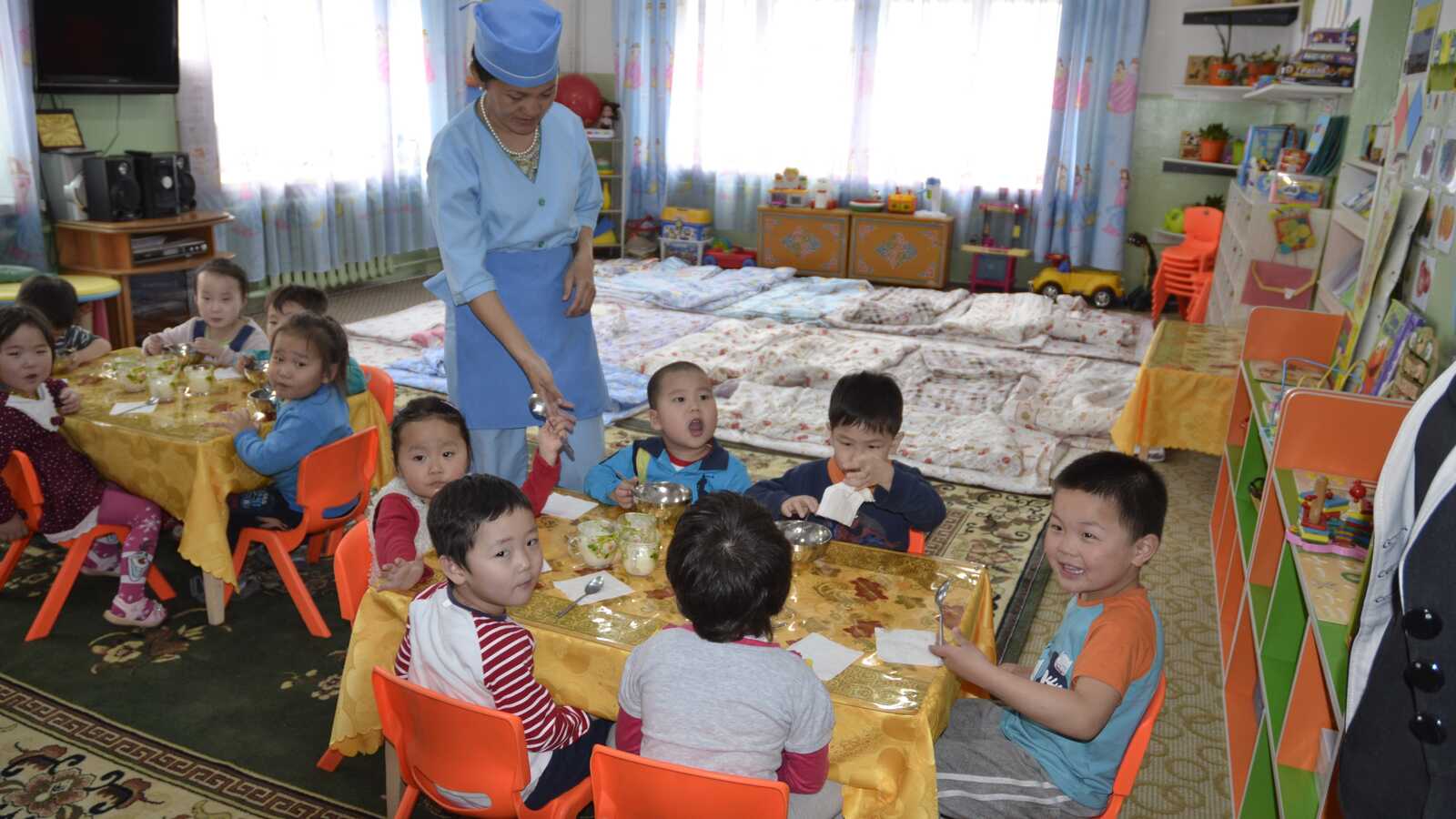If you sponsor — or are thinking about sponsoring — a child in Mongolia, here are some facts to help you learn about the nation, its people and culture.
Mongolia, a landlocked Asian nation bordered by Russia to the north and China to the south, is a land of rugged expanses and natural beauty. More than three-quarters of Mongolia consists of pasturelands, which have been used to support its large herds of grazing livestock — sheep, goats, yaks, camels and horses among them.
Mongolia also boasts three major mountain chains, a Great Lakes region with more than 300 lakes, and the immense Gobi desert to the south. Though temperatures in Mongolia can be extreme, as evidenced by its long, cold winters, it is known as the Land of the Blue Sky, with an average of 230 to 260 days of sunshine a year.
Mongolia is known as the Land of the Blue Sky, with an average of 230 to 260 days of sunshine a year.
Mongolians have long been known to be nomadic. Historically, herders have relied on their animals for survival so were forced to move several times a year in search of fresh water and grass to sustain them. Today, roughly 25% of Mongolians still live a nomadic lifestyle. But in past decades, more families have moved to urban areas due to changes in the political, geographic and economic climate of the country. More than 1.6 million people now live in the Ulaanbaatar metro area. This rise in urbanization has led to problems in air pollution, a lack of community and extended family support, and an increase in alcoholism and domestic violence.
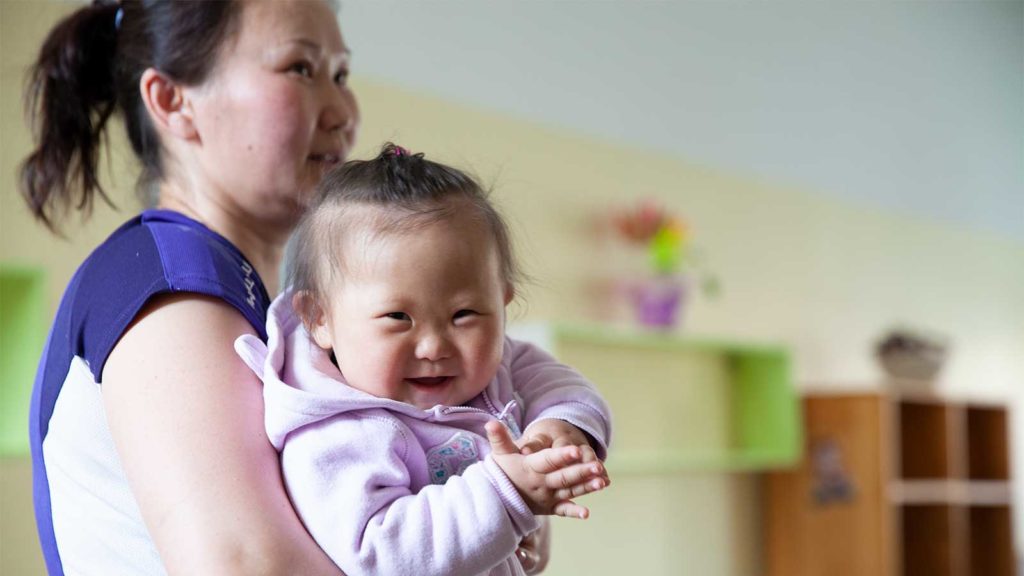
Basic Facts About Mongolia
Capital
Ulaanbaatar
Population
3.5 million people (est.). Mongolia is one of the least densely populated countries in the world. Most Mongolians live in Ulaanbaatar and in the northern city of Darkhan.
Official Language
Mongolian
Area
603,908 square miles, more than twice the size of Texas
Climate
Mongolia has an extreme continental climate, with short summers and long, cold winters. Rain falls mostly in the spring.
Religion
Roughly 52% of Mongolians identify as Buddhist, 3.2% as Muslim, 2.5% as Shamanist and 1.3% as Christian. More than 40% of the population has no religious affiliation.
Ethnic Groups
The population of Mongolia is largely homogenous with nearly 84% identifying as Khalkh. Other ethnic groups include Kazak (3.8%), Durvud (2.6%), Bayad (2%), Buriad (1.4%), Zakhchin (1.2%) and Dariganga (1.1%).
Type of Government
Semi-presidential republic
Housing
“Gers” have been part of Mongolia’s nomadic culture for thousands of years. Today, a number of Mongolians still live in these portable, tent-like structures, even on the outskirts of densely populated Ulaanbaatar. Gers typically consist of a wooden frame covered in “felt” or animal hide and an additional layer of canvas to offer protection against the elements. Each ger has one door, facing south. Gers have no running water or internal plumbing.
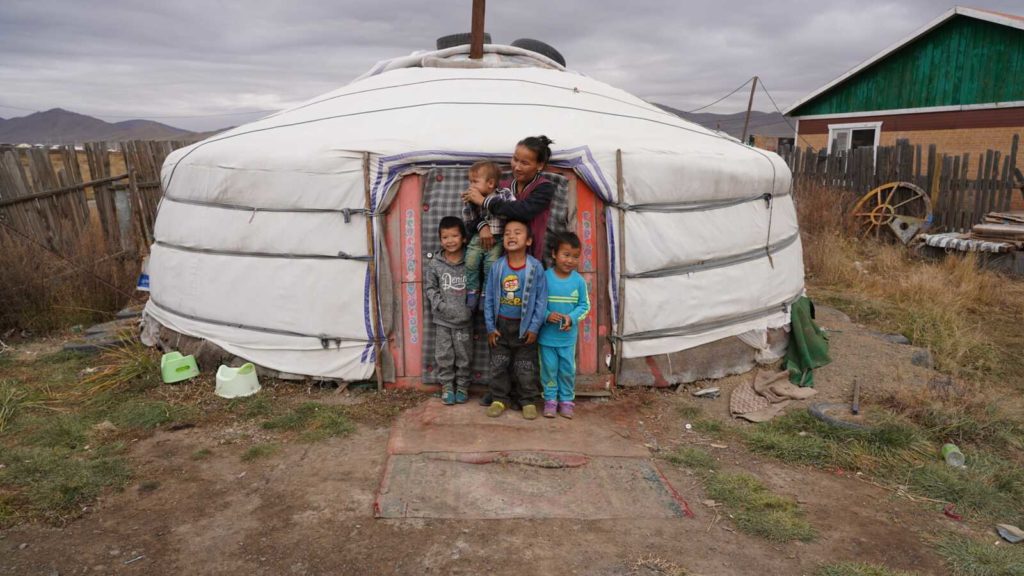
National Celebrations
Naadam, Mongolia’s biggest and most colorful national holiday, commemorates the nation’s independence from China in 1921. This multiday festival takes place in mid-July in cities and villages throughout Mongolia and celebrates the country’s rich tradition and nomadic culture. Festivities include parades, cultural performances and sporting competitions involving wrestling, horse racing and archery.
Tsagaan Sar (literally translated as “white moon”) is celebrated over the first three days of the lunar new year, usually in late January or February. During Lunar New Year celebrations, Mongolians visit with extended family members and enjoy traditional fare, such as grilled sheep and minced lamb dumplings.
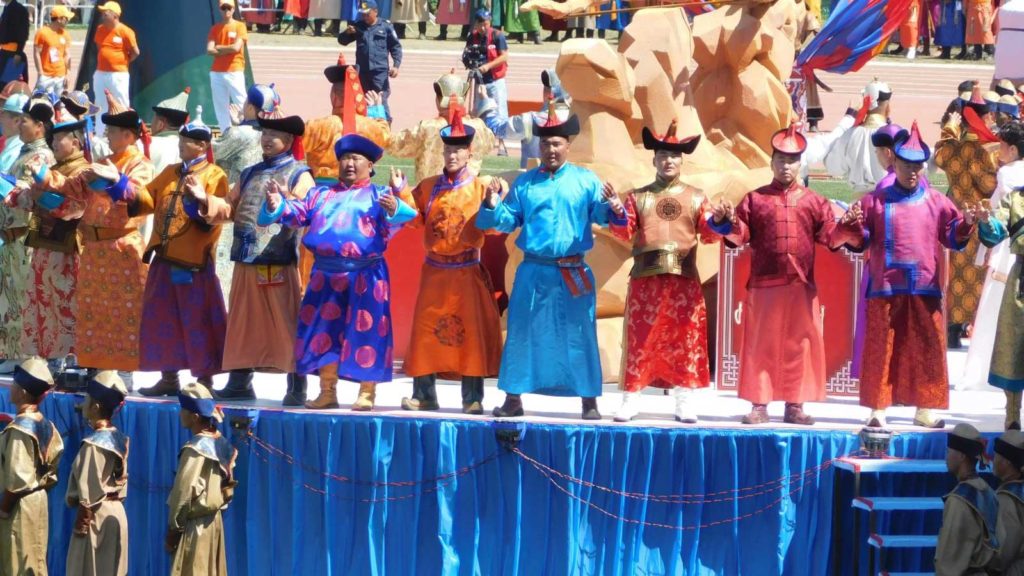
Mongolian Food & Drink
Mongolian cuisine centers around “white foods” (dairy foods) and “red foods” (meat). Dairy foods are eaten more frequently in summer months and include various types of animal milk, yogurt and cottage cheese. Mutton is considered a staple, and nearly every part of the sheep is eaten. Mongolians may also eat beef and goat, though rarely consume chicken or pork. The only fruit grown in Mongolia is sea buckthorn — a berry that grows in the toughest environments and offers many essential vitamins and nutrients.
Mealtime staples include boiled mutton, meat-filled dumplings and tea mixed with sheep, cow, camel or horse milk.
Mealtime Customs
- A typical day may include a light breakfast, followed by lunch at midday and an evening meal. Sunday meals tend to be larger.
- Boiled meat is passed around in a large communal bowl with a knife. The fattiest pieces are considered best.
- Guests accept food or drink with their right hand, with the palm facing upward. Tea is to be held from the bottom of the cup.
- It is considered rude to not accept at least a taste of a food that is offered.
Music & Culture
Mongolian traditional music uses a variety of instruments and vocal sounds. One form of singing that is unique to Mongolian culture is called Urtiin duu or long song. This distinctive sound is made deep in the throat, forcing several notes to come out of the mouth at once. The sounds are inspired by different parts of the Mongolian landscape — the steppes, the mountains, the river and forest and the Gobi desert.
Social Concerns
Poverty
Nearly a third of Mongolians live in poverty without stable homes, reliable food, running water, electricity or heat in winter. Many families are headed by a single mother or grandparents.
Learn how Holt sponsors and donors help strengthen families living in poverty.
Domestic Violence
Mongolia has one of the highest rates of domestic violence in Asia. Roughly 47% of children ages 1 to 14, and 1 in 3 women, have experienced violence in the home. Cases are often higher in communities with high poverty, high rates of alcoholism and low education rates.
Learn how Holt sponsors and donors help protect women and children from domestic violence.
Homeless Children
Due to poverty, alcoholism and the dissolution of the family, children in Ulaanbaatar sometimes end up homeless and on their own. “The number of street children is unknown, as many are transitory and actually have a home and family,” says Paul Kim, director of Holt’s programs in Korea and Mongolia. What’s more, estimates as to the number of street children vary widely. “Government estimates are usually under 1,000, while some Western NGOs say there are as many as 14,000,” he adds. “The actual number of homeless children probably fluctuates and is somewhere in between.”
Learn how Holt sponsors and donors care for children who are orphaned or abandoned.
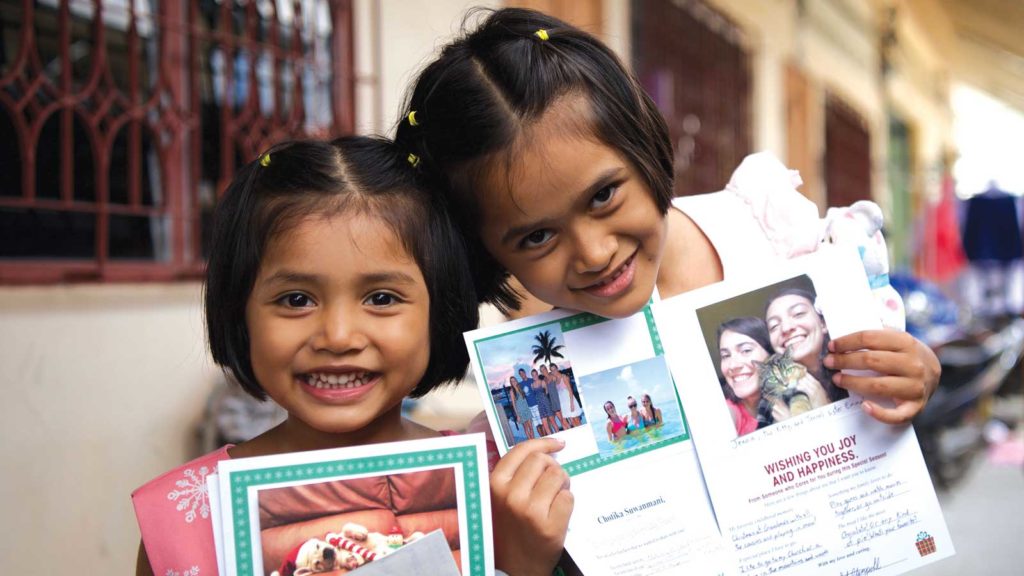
Become a Child Sponsor
Connect with a child. Provide for their needs. Share your heart for $43 per month.
Children With Disabilities
There are about 6,300 children with disabilities who attend primary and secondary schools in Mongolia, which is fewer than 20% of all Mongolian children with disabilities.
Learn how Holt sponsors and donors help children with disabilities receive the specialized care and support they need — in and out of school.
Malnutrition
In Mongolia, lack of food diversity is a major concern. The country’s high altitude, extreme temperature fluctuations, long winters and low precipitation severely limit the number of crops that can grow — causing much of the country’s food to be imported from neighboring countries. Many families struggle to afford the high cost of imported foods, limiting the amount of fresh fruits and vegetables in their diet. As a result, families in poverty and children in orphanage care subsist primarily on milk, potatoes and high-fat mutton.
According to the Global Hunger Index, more than 20% of the Mongolian population is undernourished. Nearly 30% of children under 5 are anemic.
Learn how Holt sponsor and donors help meet the nutrition and health needs of children in Mongolia.
Sponsors Help Children Thrive at Mongolia’s Red Stone School
Public education in Mongolia is free, but not every child is able to attend school. Some families face economic pressures and rely on their children to help support the family. In other circumstances, a child’s poor health or harsh weather will prevent them from making a long trek to school.
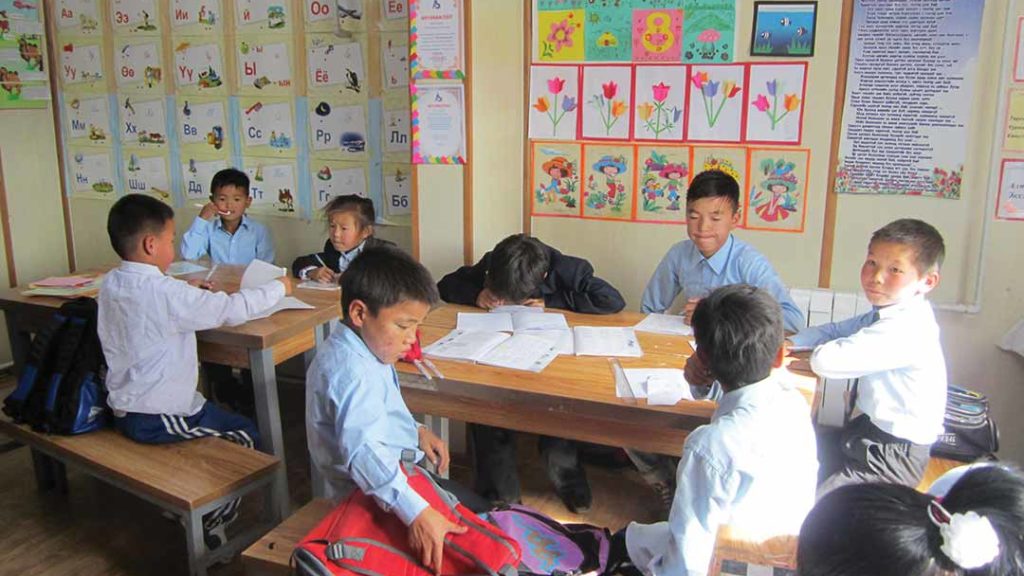
In Ulaanbaatar, hundreds of families live on the edge of the city’s largest garbage dump in the hills overlooking the capital. These children and families survive by using and selling items they gather from the refuse. Formal education is not always an option. Even if children can make the long walk to school, they are often teased and shunned by other students.
In 2016, Holt sponsors and donors began providing support for these children to attend a newly opened school called the Red Stone School. Here, children are given warm refuge, nutritious meals, education, dignity and opportunity. They also receive support to re-enter formal public school programs.
Learn more about Holt’s efforts to help the children of the Red Stone School.
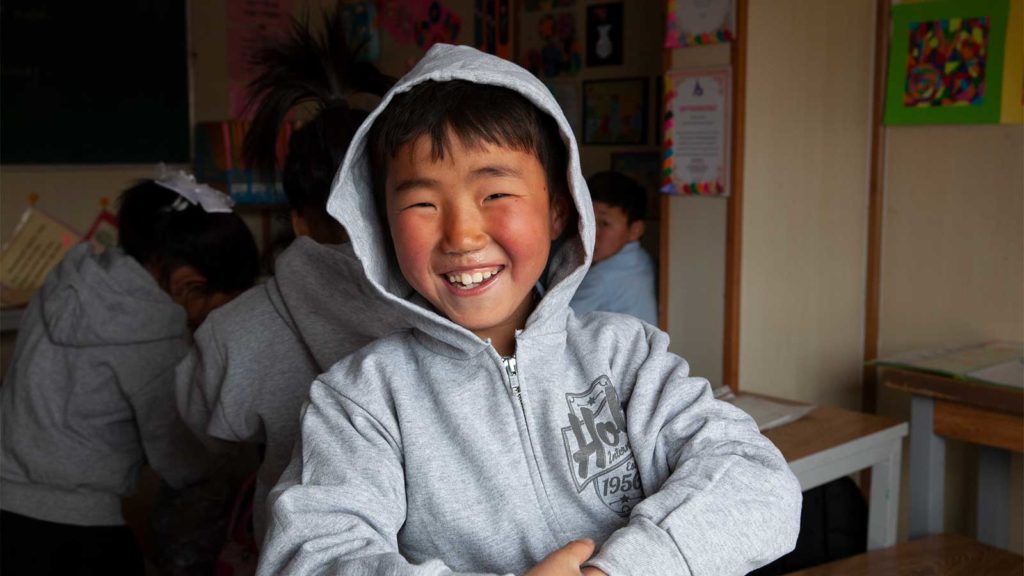
Learn more about Holt’s work in Mongolia!
See how sponsors and donors create a brighter, more hopeful future for children and families in Mongolia!
